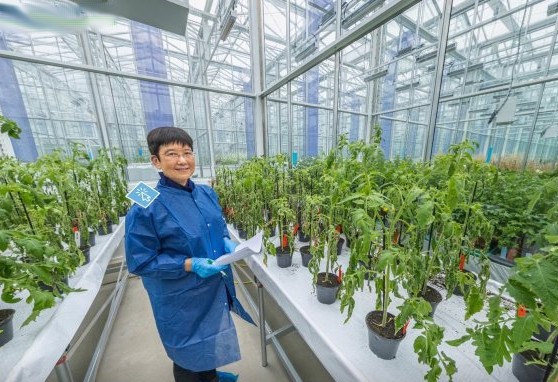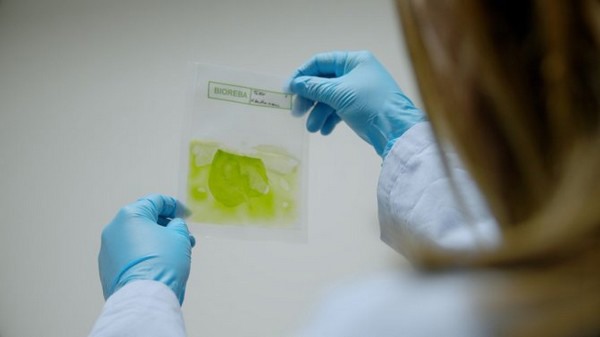Wageningen University & Research (WUR) takes a new leading international research and education facility into use. Serre Red is located on the WUR campus and is unique because of its size and security measures. The facility is only accessible under strict conditions. Now, thanks to a 360-degree virtual tour, everyone can take a look around and get to know the researchers at Serre Red and their experiments.
Serre Red is a ‘fully electric’ greenhouse complex from Unifarm (part of the Wageningen Plant Sciences Group) that is used for educational purposes and fundamental research into plant diseases caused by viruses, bacteria, and fungi, among other things, and for research into genetically modified plants with the highest level of safety.

“Plant diseases are a major threat to our food security; at the same time, owing to population growth, we see that agriculture will have to produce much more in the coming decades. We want to achieve this in a way that keeps our planet habitable and brings the loss of biodiversity to a halt. This challenge can only be solved through in-depth research and education at the highest level. With Serre Red, we make this possible within WUR”, says Ernst van den Ende, director of the Plant Sciences Group at WUR.
One of a kind
What makes Serre Red unique in the world is its size (4,000m2 of greenhouses), the compartmentalization of the complex, and the high level of research, both in disease testing (quarantine level) and genetic modification (level 3). Accordingly, each of the 63 compartments (ranging from 15 to 52 m2) meets the highest safety requirements. They are all equipped with individual climate control, air filtration, and access locks. Most of the technical equipment is installed in the cellars under the complex to optimize the incidence of light and to avoid shadows.

Other features include LED lighting, insulated double glazing, screening, hot and cold storage, and autoclaves, which sterilize materials leaving the greenhouse, such as waste and water. Due to the high-quality insulation and sealing, all compartments in the complex can be used side-by-side for different lines of research without the studies influencing each other.
VR Tour
The construction of Serre Red started in early 2019. Due to COVID-19 restrictions, it was decided not to officially open Serre Red but to make a VR tour in which WUR employees can present their research in Serre Red.
Petra van Bekkum, Ilse Houwers, and Peter Bonants talk about research into harmful quarantine organisms on plants that are limited or not present in the Netherlands (yet), which poses a threat to the international trade of horticultural crops.
Yuling Bai speaks on making tomato plants more resistant to pathogenic bacteria through genetic modification. For this, the precision technology CRISPR-Cas is used, which can, for example, be used to switch specific genes ‘on’ and ‘off’.
Harold Meijer walks visitors through the search through old banana varieties for genes that could be useful in the development of new varieties of banana that would be resistant to the devastating banana diseases Black Sigkota disease and Panama disease.
 For more information:
For more information:
Wageningen University & Research
www.wur.nl
